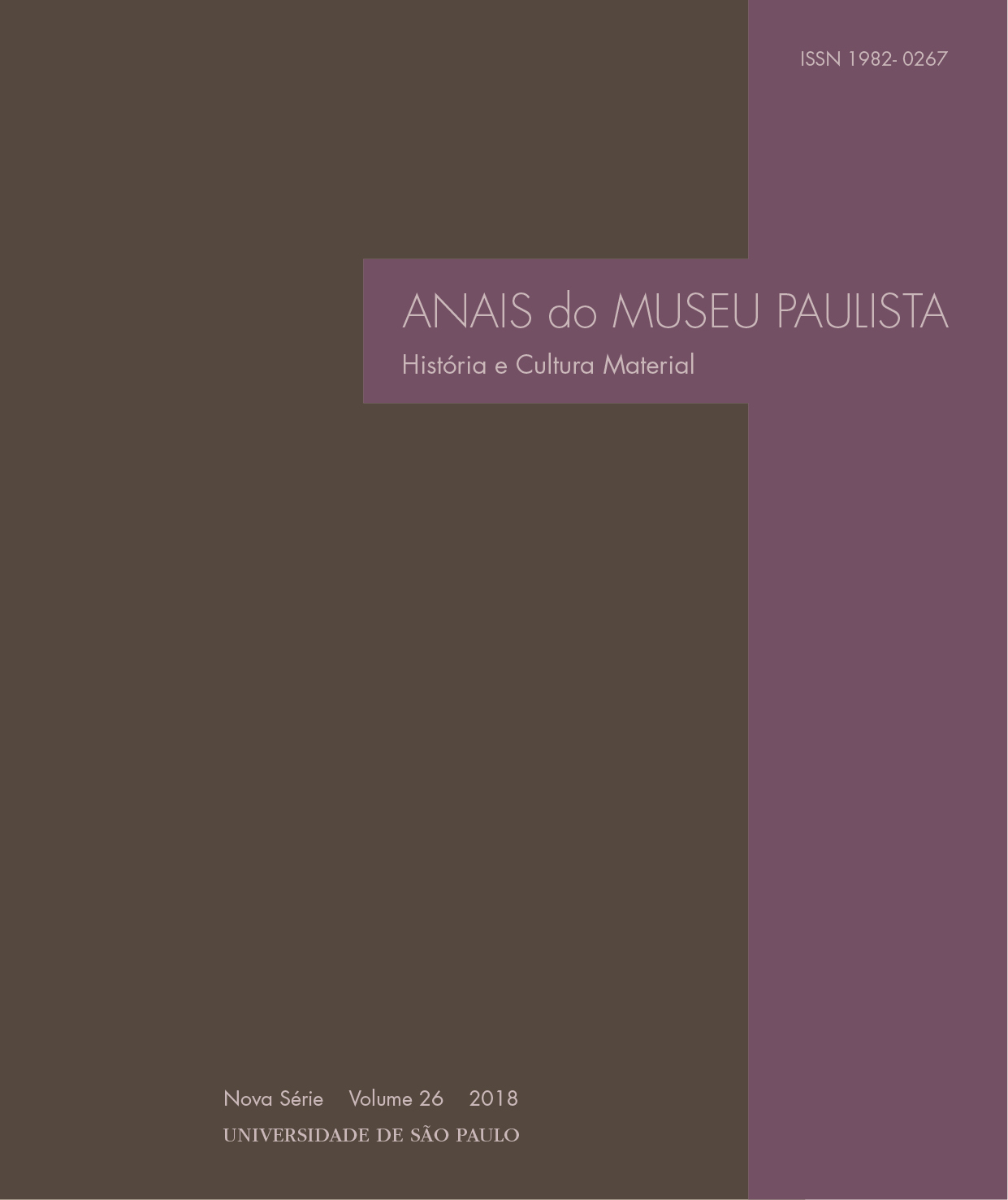Material culture and work in the mining services of the Diamantino District (Minas Gerais, eighteenth century)
DOI:
https://doi.org/10.1590/1982-02672018v26e03d1Keywords:
Material culture, Mining, Diamonds, Royal Extraction, WorkAbstract
The Extração Real (Royal Extraction) was created in the second half of the eighteenth century by the Portuguese Crowzvn to intensify their control over the production and trade of diamonds. From 1772 onwards, the new administration began to acquire in European and local markets, everything that was necessary for the extraction of precious stones and the survival of its employees in the Diamantino District. In this article, we study this supply through material culture, with the objective of evidencing the possible relations between the material elements used in the daily extraction and the work done by hundreds of employees and thousands of slaves. Thus, materials for mining, office supplies, fabrics and sewing items, luxury goods, drugs and food will not only be described, but analyzed in that specific social context. The study of the interaction between men and objects, far from being trivial, unveiled the operation of a labor world still little known by the historiography of mining.
Downloads
Downloads
Published
Issue
Section
License
Autores que publicam nesta revista concordam com os seguintes termos:
- Autores mantém os direitos autorais e concedem à revista o direito de primeira publicação, com o trabalho simultaneamente licenciado sob a Licença Creative Commons Attribution que permite o compartilhamento do trabalho com reconhecimento da autoria e publicação inicial nesta revista.
- Autores têm autorização para assumir contratos adicionais separadamente, para distribuição não-exclusiva da versão do trabalho publicada nesta revista (ex.: publicar em repositório institucional ou como capítulo de livro), com reconhecimento de autoria e publicação inicial nesta revista.
- Autores têm permissão e são estimulados a publicar e distribuir seu trabalho online (ex.: em repositórios institucionais ou na sua página pessoal) a qualquer ponto antes ou durante o processo editorial, já que isso pode gerar alterações produtivas, bem como aumentar o impacto e a citação do trabalho publicado (Veja O Efeito do Acesso Livre).



